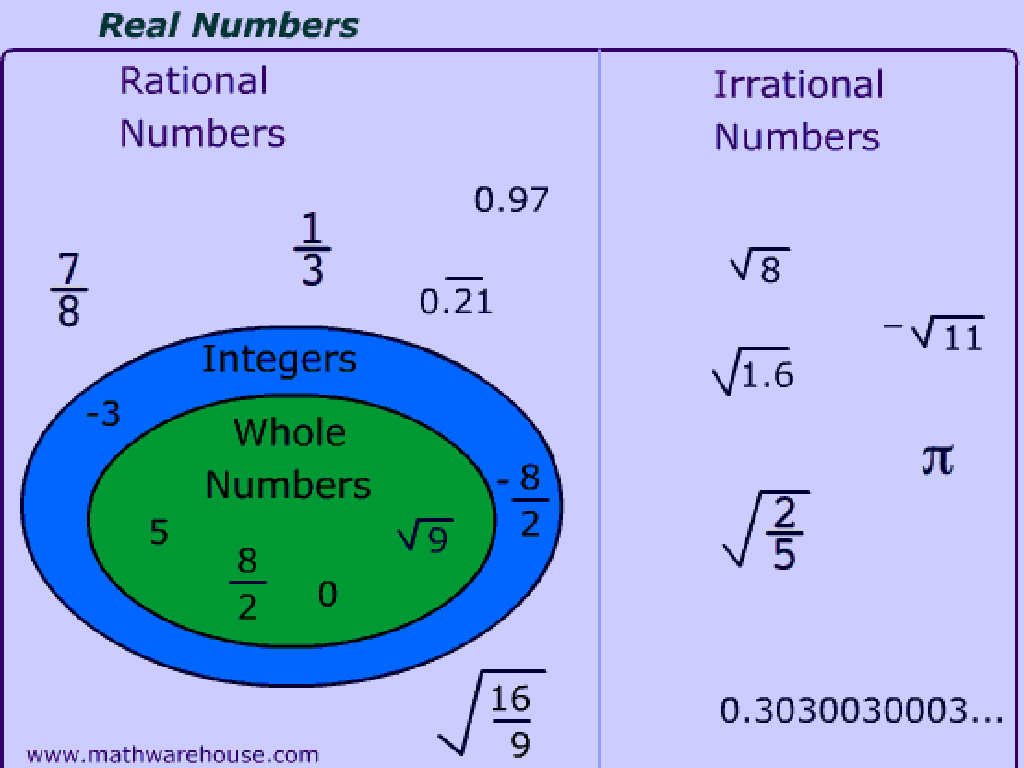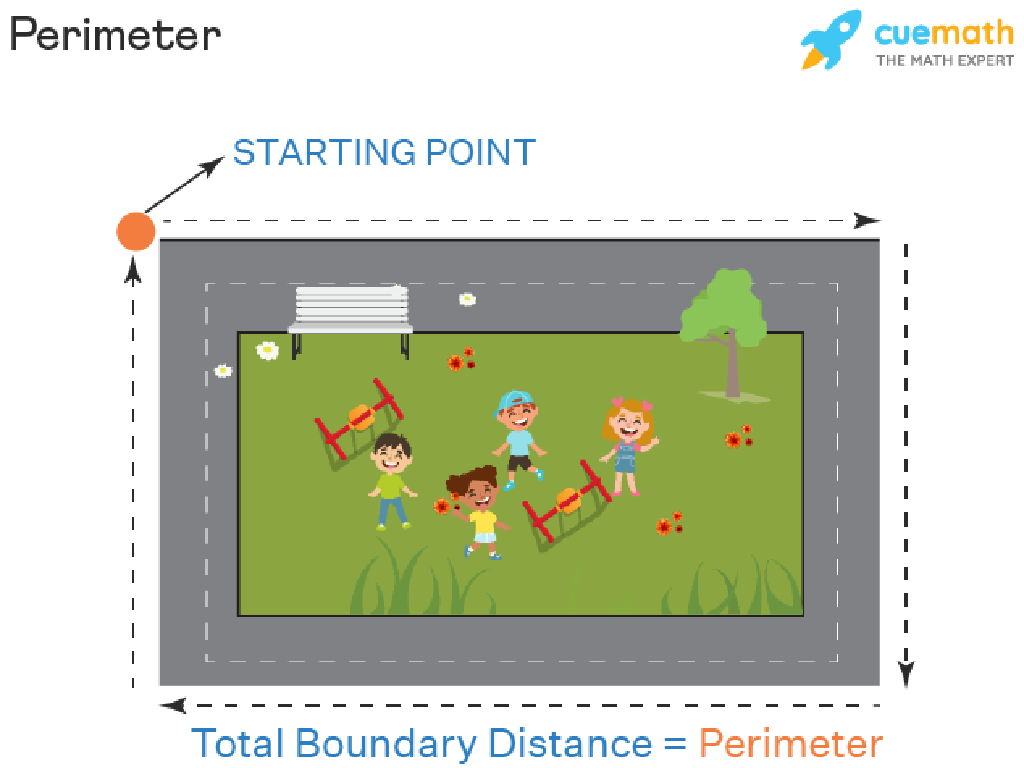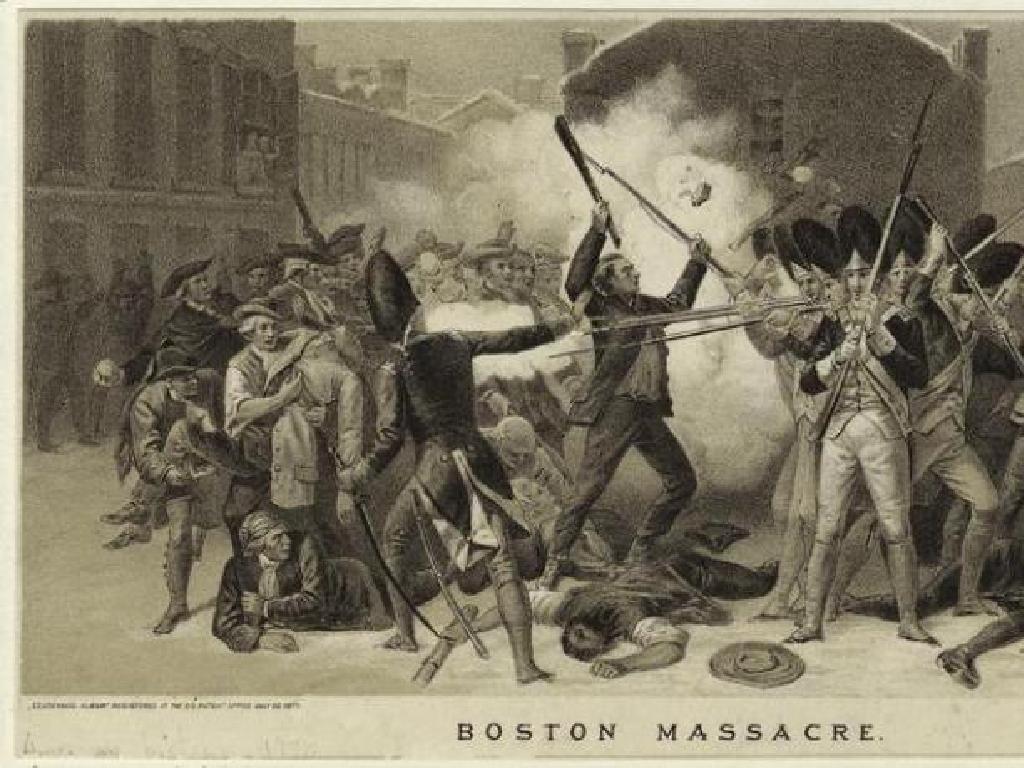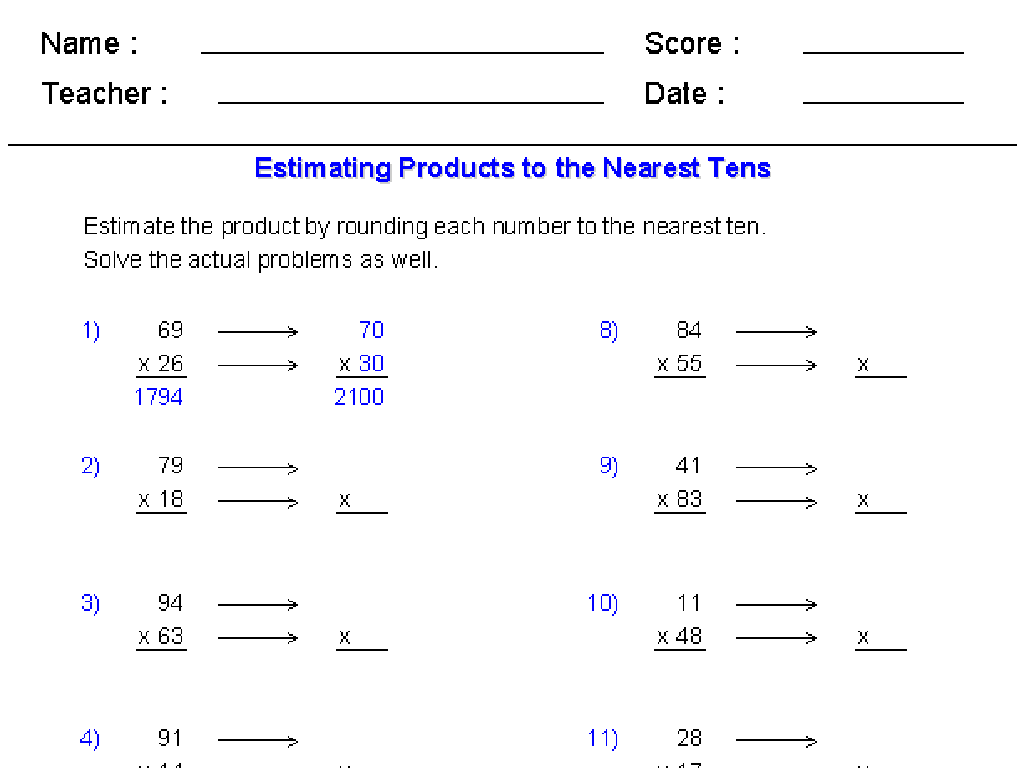Classify, Sort, And Count
Subject: Math
Grade: Kindergarten
Topic: Classifying And Sorting
Summary: This Kindergarten math lesson introduces classifying and sorting by grouping items based on color, shape, size, or type. Students engage in sorting games, hands-on activities, and group discussions to practice organizing and counting objects. Interactive exercises with toys and fruits help children recognize similarities, classify objects, and reinforce basic counting skills. The lesson builds foundational math understanding while making learning fun and engaging for young learners.
Please LOG IN to download the presentation. Access is available to registered users only.
View More Content
Fun with Classifying and Sorting!
– What is classifying?
– Classifying is grouping items that are alike.
– Sorting things we see
– Look around and find items to sort by color, shape, or size.
– Play sorting games
– We’ll play games to sort objects like toys and blocks.
– Group items by features
– Find things that are the same and put them together.
|
This slide introduces the concepts of classifying and sorting in a fun and interactive way. Start by explaining that classifying means grouping things based on their similarities. Encourage the children to observe their surroundings and think about how they might sort different items. Introduce sorting games using classroom objects, such as sorting by color, shape, or size. This will help them understand how to group items based on a single feature. By the end of the class, aim for the students to be able to classify objects on their own. Prepare a variety of items for the sorting games, ensuring they are safe and appropriate for the age group. Consider having stations with different sorting criteria to keep the activity engaging and cater to different learning styles.
Learning to Classify!
– What does classify mean?
– Grouping items with similar features
– Ways to classify objects
– By color, shape, size, or type
– Examples of classifying
– Let’s sort shapes and colors together!
|
This slide introduces the concept of classification to Kindergarten students. Begin by explaining that classifying is like sorting things into different groups where each group has items that are alike in some way. Use simple, relatable examples such as sorting fruits by color or toys by type. Visual aids like colorful shapes can be used to demonstrate the concept. Encourage the children to think of their own examples and share them with the class. This activity will help develop their observational skills and their ability to find patterns and similarities.
Let’s Practice Classifying!
– Group toys by color
– Sort toys into groups based on color
– Classify toys by type
– Sort the same toys into cars, dolls, blocks
– Count each group
– How many in each group? Let’s count!
– Share your findings
|
This slide is designed to engage Kindergarten students in a hands-on classification activity. Start by showing them a variety of toys and ask them to sort the toys into groups based on their colors. Once they’ve mastered that, challenge them to reclassify the same toys by type, such as cars, dolls, and blocks. After sorting, guide them to count how many toys are in each group to incorporate counting skills. Encourage the students to discuss their sorting choices and counting results with the class. This activity helps develop their ability to observe, compare, and categorize objects, as well as practice counting. Provide a variety of toys and ensure each child has a chance to participate in the sorting and counting process.
Learning to Sort
– What is sorting?
– Sorting means arranging items by specific rules.
– Ways to sort objects
– Sort by size, color, or shape, like small to big or red to blue.
– Benefits of sorting
– Sorting makes finding and understanding things easier.
|
This slide introduces the concept of sorting to Kindergarten students. Sorting is a fundamental skill in mathematics that involves arranging objects based on certain criteria. Explain that sorting can be done in various ways, such as by size, where we can organize objects from the smallest to the largest, or by color, where we might arrange items from lightest to darkest. Emphasize that sorting is not just a math skill but a life skill that helps us keep our spaces organized and makes it easier to find what we need. Use tangible examples like sorting blocks or crayons to illustrate the point. Encourage the children to think of ways they sort things in their daily lives, like toys or clothes.
Sorting Fun with Fruits!
– Sort fruits by size
– Start with the smallest and go to the biggest
– Sort fruits by type
– Berries, citrus, tropical – what group does each belong to?
– Sorting is fun and easy!
– Great job! See, sorting can be a game too!
|
This activity is designed to help Kindergarten students understand the concept of sorting by size and type. Provide a variety of fruit cutouts or images and guide the students to arrange them from the smallest to the largest. Next, categorize the fruits into types such as berries, citrus, and tropical. Encourage the children to discuss the characteristics that define each type. Praise their efforts to reinforce that learning is enjoyable. For the activity, consider having different stations for size and type sorting, or use a large space where all students can see and participate in the sorting process. Have additional sorting games ready for early finishers, such as sorting by color or by the first letter of the fruit’s name.
Counting Objects in Groups
– Grouped objects? Let’s count!
– After sorting, we count items in each group.
– Counting tells us the total number
– If we have 4 red apples and 3 green ones, we have 7 apples in total.
– We’ll count together as a class
– I’ll help you count each group out loud.
|
This slide is aimed at reinforcing the concept of counting within the context of classified groups. After the children have sorted objects into groups, they will now learn to quantify each group by counting. The teacher should guide the students through counting items in each group, ensuring they understand that counting gives us the total number of items. Engage the children by counting together as a class, which will help them learn and remember the numbers. The teacher can prepare several groupings of objects beforehand and use them as visual aids during the lesson. Encourage the children to participate actively by asking them to count along and to take turns counting different groups.
Class Activity: Sorting Party!
– Let’s have a sorting party!
– Sort objects by color, size, and type
– For example, put all the blue blocks together
– Count the objects in each group
– How many red balls? How many big cars?
– Share what you’ve sorted and counted
– Tell the class how many of each you found
|
This activity is designed to be a fun and interactive way for Kindergarten students to learn about classification and counting. Provide a variety of objects for the children to sort, such as blocks, balls, and toy cars. Encourage them to think about the different attributes of the objects and to create separate groups based on these characteristics. After sorting, assist them in counting the items in each group. This will help them practice their counting skills and reinforce the concept of sorting. Have each student present their sorted groups and count to the class, fostering a sense of accomplishment and public speaking skills. Possible variations of the activity could include sorting by soft and hard objects, edible and inedible items, or creating patterns with the sorted groups.
Review and Goodbye: Classifying, Sorting, and Counting
– Recap: Classifying and sorting
– Discuss importance of these skills
Helps us organize things and understand numbers better.
– Celebrate our learning today
– Looking forward to next class
|
As we conclude today’s lesson, it’s important to review the key concepts of classifying, sorting, and counting to reinforce the children’s understanding. Ask the students to reflect on why these skills are important, such as for organizing objects or understanding numbers, which are foundational math skills. Praise their efforts and participation to encourage a positive learning environment. Let them know you’re excited to see them in the next class and continue the learning journey. Prepare a few examples or a short activity for the next session to quickly assess their retention of the material covered today.





